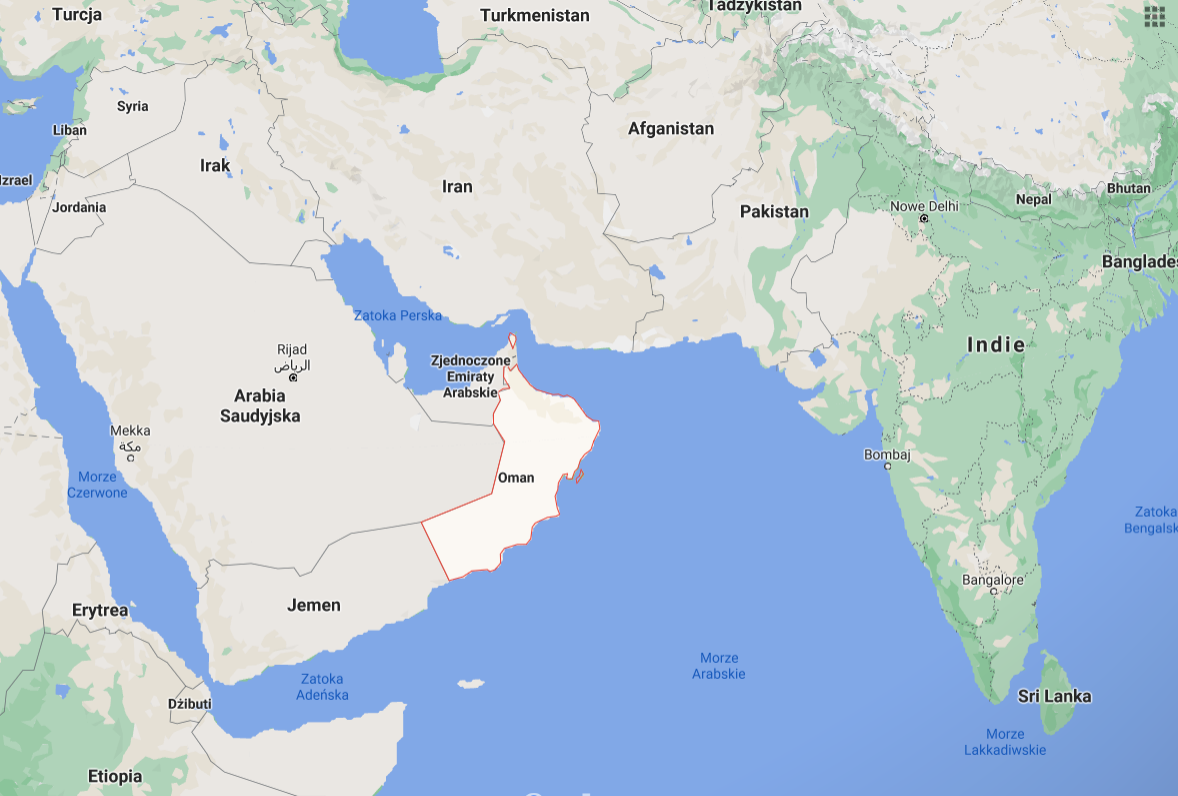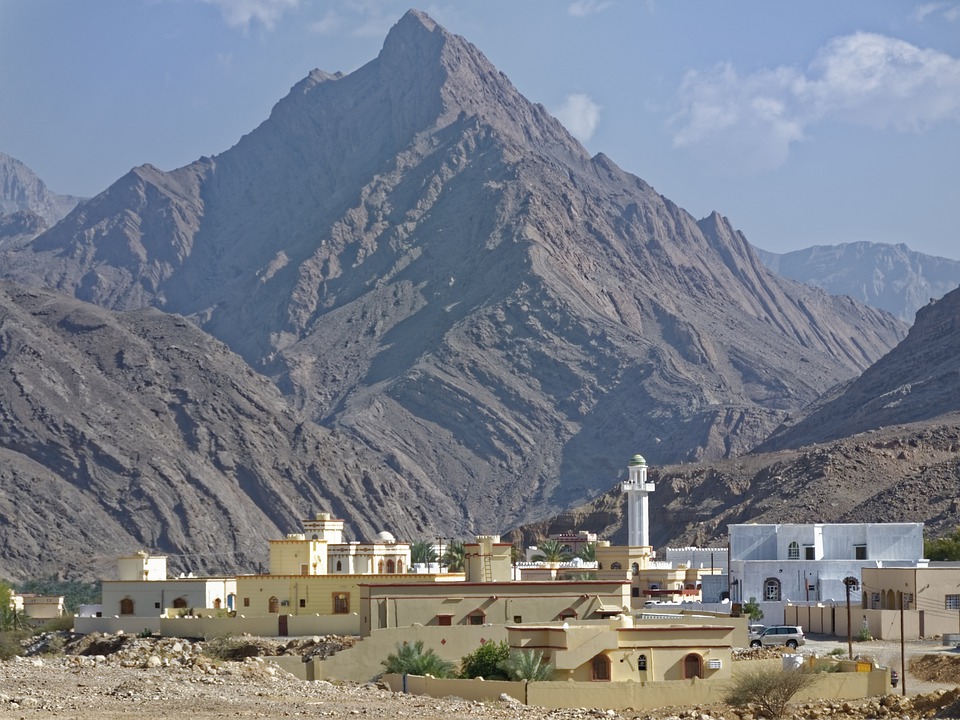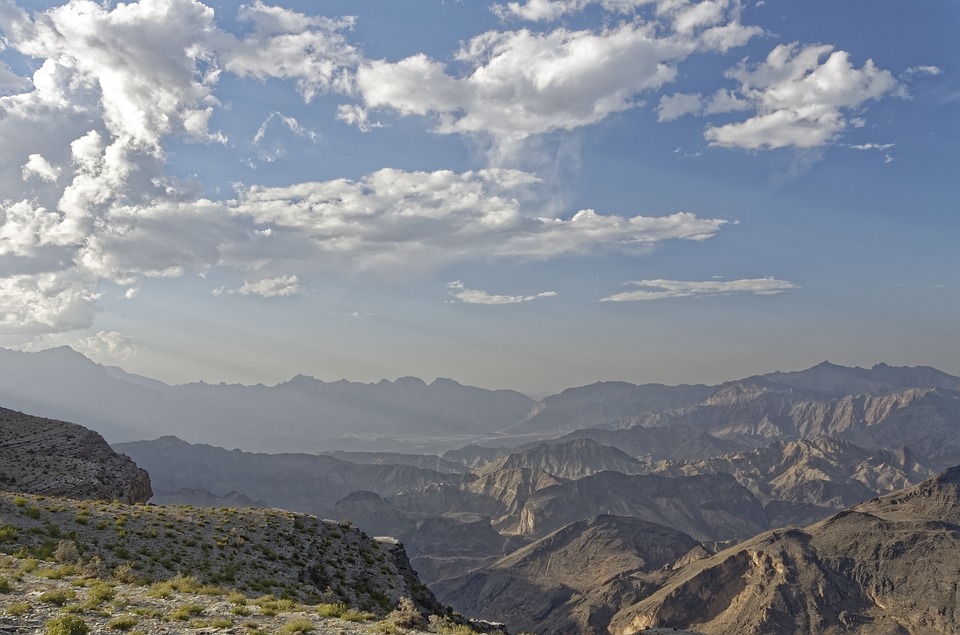Where Is Oman Located
Oman has its locations near southern Germany, Austria and Switzerland. It is a state east of the Peninsula of Arabia.
The almost five million citizens reside mostly in towns. About half of the workforce, mainly from India, are refugees. The Omani is 95% Muslim, predominantly Sunni and Ibadi. The Sultanate is a total dictatorship with a constitution at the same time. It is the advisory role of ministers selected by the Sultan and the two parliaments.
Oman’s primary language is Arabic. Even so, English is generally understood in big towns as well as in seaside areas. A few Arabic terms and phrases are an asset, since not only doors but also “heart” can be opened for residents.
How Big Is Oman
Oman, formally Oman’s Sultanate, is a nation situated on the southeast coast of the Arabian Peninsula, in Southwest Asia. It borders on the northwestern United Arab Emirates, on west Saudi Arabia and southwest Yemen.
The coast is formed in the south and east by the Arabian Sea and in the north-east by the Gulf of Oman. It still has two exclaves, the Musandam Peninsula, to the north of the United Arab Emirates, and the Madha to the east.
By the 17th century, Oman had its kingdom and had conflicts over the Persian Gulf and the Indian Ocean with Portugal and Great Britain. Omani power or authority spread to Iran and what is now Pakistan via the Straits of Hormuz, to the south of Zanzibar.
During the 20th century, its control decreases and the Sultanate is heavily affected in the United Kingdom, although it never officially belonged to the British Empire or British security. The United Kingdom and the United States, while retaining an independent foreign policy, have close military and political relations with Oman.
The Sultan of Oman holds full control in this empire, but his Parliament has legislative and supervisory rights. In November 2010, the UN Development Program listed Oman as the nation that changed most over the last 40 years, out of 135 countries around the world.
Oman was one of the most developed and prosperous countries in the Arab world, according to the foreign metrics of 2010. Oman has close diplomatic and military relations with the United Kingdom and the United States, while its external policy remains autonomous.
Furthermore, the strategically significant Musandam enclaves on the Hormuz and Madha Straits on the Gulf of Oman, and the Arabian Sea’s remote offshore islands are part of the Oman State Territories.

Oman Geography
The Sultan of Oman has an absolute monarchy, but his Parliament has some rights of law and oversight. In November 2010, out of 135 countries across the world, the United Nations Development Program listed Oman as the country that has changed most over the last 40 years.
Oman’s Sultanate is situated in the southeast corner of the Arabian Peninsula, bordering the North Hormuz Strait, East Oman Gulf and South Arab Sea. The nation is bounded by the UAE, Saudi Arabia and Yemen.
Oman is a desert nation and a mountainous country at the same time, of stony and untouched waste, dunes, spectacular peaks and lush green oases. On the Arabian Sea and the Gulf of Oman, there are long sandy beaches. The Arabian gulf covers most of the world: the Rub al-Khali, which crosses most of Saudi Arabia and Yemen and extends far into Oman, spanning the West.

What Continent Is Oman In
Oman belongs to the Asia continent. In November 2010, the UN Development Program listed Oman as the nation that changed most over the last 40 years, out of 135 countries around the world. In 2010 Oman was one of the most developed and prosperous countries in the Arab world, according to international indexes.
Weather and the best time for travel
Oman has two mainly separate weather areas. There is a marked dry desert climate within and a coastal subtropical climate on the coast. Much of the country is hot and dry during the year.
The most enjoyable travel months for tourists from Europe are between October and March as average temperatures at this time are more tolerable and do not climb above 30 ° C. High humidity during these months is also not to be expected.


Write Reviews
Leave a Comment
No Comments & Reviews